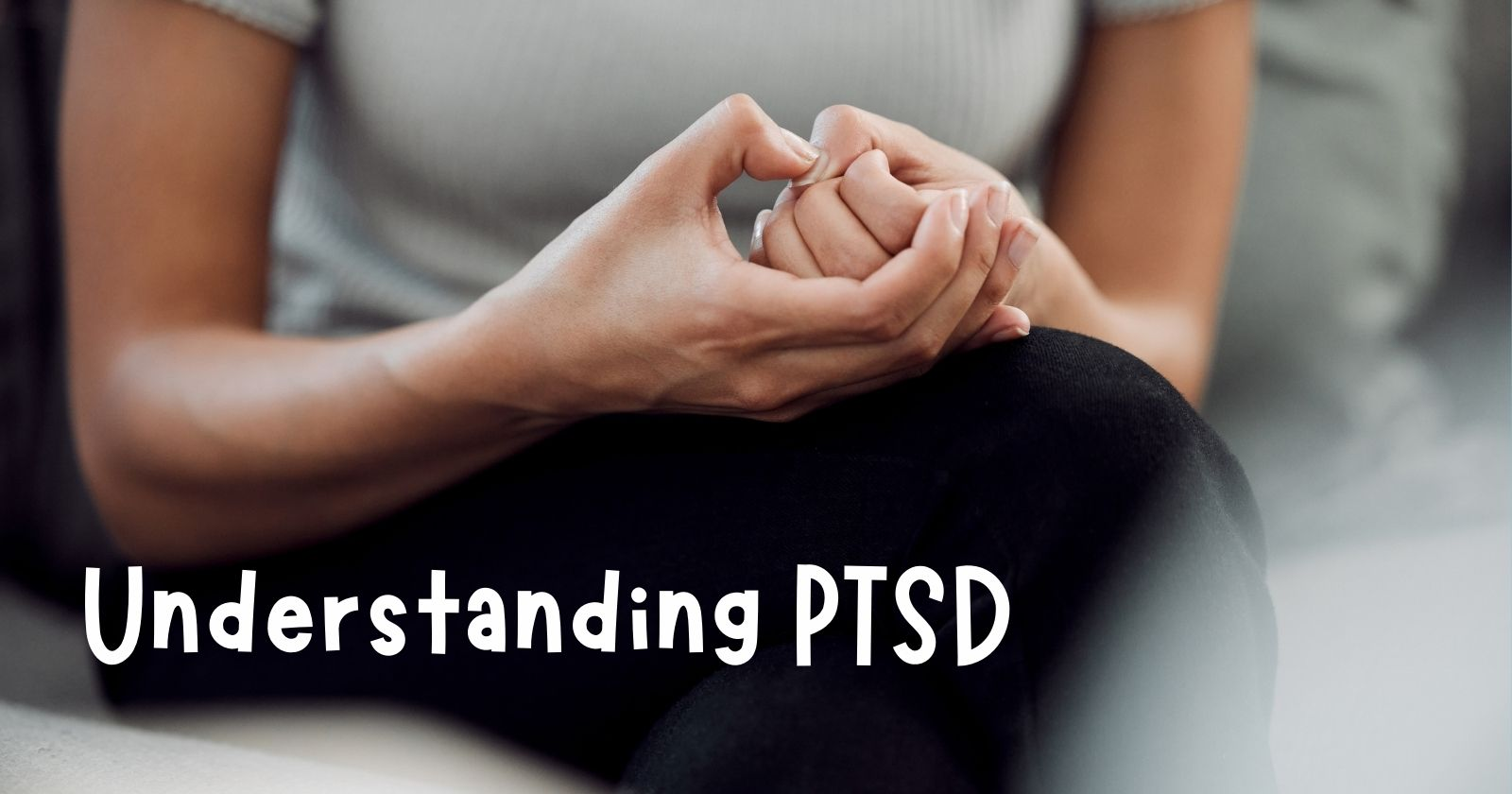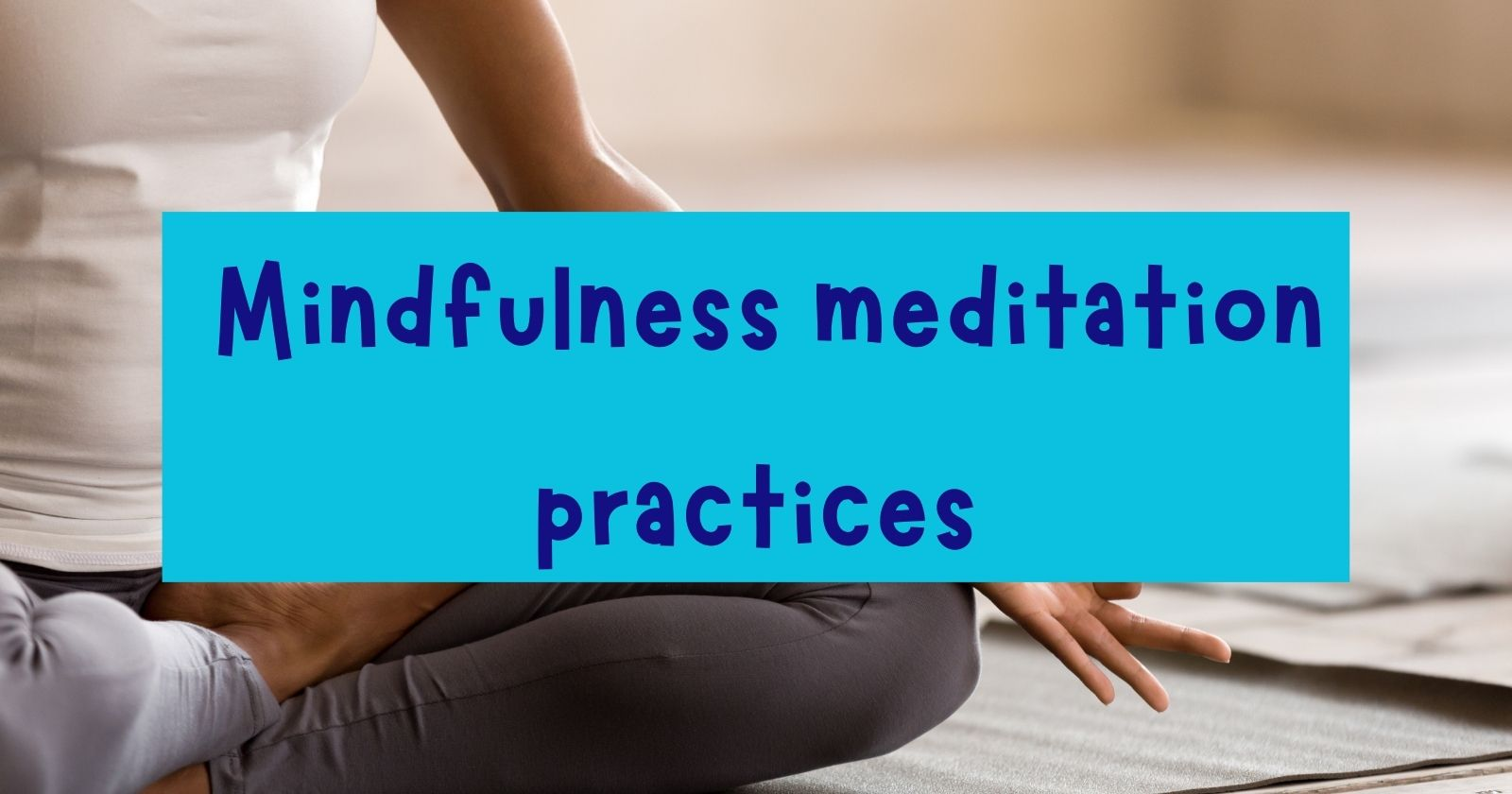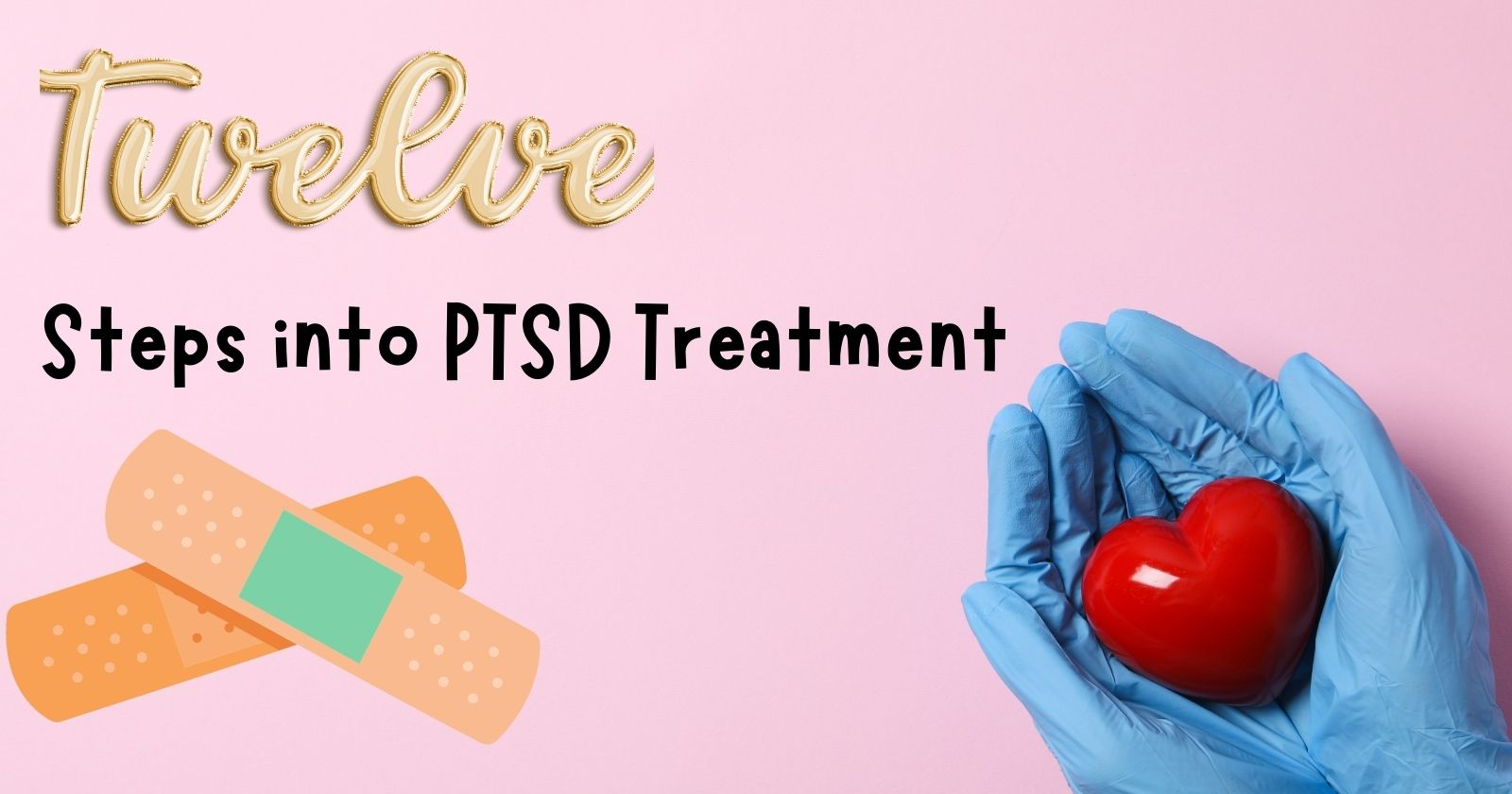PTSD with Mindfulness can be an overwhelming and disabling condition for many individuals. Traditional treatments for PTSD have aimed to alleviate symptoms and help survivors regain a sense of control. Recently, there has been a growing interest in incorporating mindfulness practices and the 12-Step principles into the treatment approach for PTSD.
Mindfulness is a way of paying attention to the present moment, allowing thoughts and feelings to arise without judgment. Many find that mindfulness practices can help minimize symptoms of PTSD and promote a sense of calm and well-being. The 12 Steps, originally developed for addiction recovery, have been successfully adapted to provide a holistic framework for the healing process. Combining these two approaches has shown promising results for individuals seeking a comprehensive and integrated path to recovery from PTSD.
tIn this article, we will explore how utilizing mindfulness techniques in conjunction with the 12-step principles can provide a tailored and growth-oriented approach for recovering from PTSD. We will delve into the benefits of mindfulness for easing traumatic stress, as well as the ways in which the 12 Steps can support mental, physical, and emotional growth. With this integrated approach, survivors, family, and friends can find an effective path to healing and reclaiming their lives after experiencing trauma.
Understanding PTSD

Symptoms of PTSD
Post-traumatic stress disorder (PTSD) is a mental health condition that can develop after experiencing or witnessing a traumatic event. It can significantly affect a person’s quality of life, and it’s essential to recognize the symptoms to seek proper care. Common symptoms of PTSD include:
- Intrusive thoughts: recurrent, involuntary memories or flashbacks of the traumatic event; often triggered by reminders of the incident.
- Avoidance: a person may avoid situations, places, or people that remind them of the traumatic event, resulting in social withdrawal and isolation.
- Negative thoughts and feelings: individuals with PTSD may experience persistent negative emotions, such as fear, guilt, shame, or anger; they might also struggle with feelings of detachment or a distorted sense of blame.
- Hyperarousal: heightened states of anxiety or irritability, often leading to difficulty concentrating, sleep issues, and exaggerated startle response.
Trauma-Informed Care
Addressing PTSD requires a comprehensive understanding of the impact of trauma and the adoption of suitable treatment approaches. Trauma-informed care aims to create a safe and supportive environment that fosters healing and recovery for individuals experiencing the effects of PTSD. Key components of trauma-informed care include:
- Education: Ensuring that healthcare providers and individuals are aware of the signs and symptoms of PTSD and the various aspects of trauma.
- Empowerment: Encouraging self-awareness and self-management of symptoms by providing the necessary tools and coping strategies.
- Collaboration: Working together with the patient to develop a personalized treatment plan, respecting their preferences, and involving them in the decision-making process.
- Mindfulness: Adopting mindfulness practices like meditation practice or deep breathing exercises can help individuals with PTSD become more aware of their thoughts and feelings, reducing their anxiety or distress.
Incorporating trauma-informed care and mindfulness practices, such as the 12 Steps, can provide an effective foundation for acknowledging the trauma, understanding its impact, and creating a path towards recovery for individuals with PTSD.
The Role of Mindfulness in PTSD Recovery

Mindfulness Meditation Practices
One aspect of mindfulness that can be particularly beneficial in PTSD recovery is mindfulness meditation practices. These practices involve focusing on breath, body sensations, and thoughts while maintaining a non-judgmental approach. Such practices can help decrease anxiety, depression, and other symptoms associated with PTSD. Additionally, mindfulness meditation has been shown to have a moderately positive effect on reducing PTSD symptoms in various populations.
Present Moment Awareness
Another key aspect of mindfulness in PTSD recovery is developing present moment awareness. This skill involves consciously bringing one’s attention to the present moment, rather than being consumed by issues from the past or anxious about the future. By fostering an appreciation for the present, individuals can mitigate the severity of traumatic memories and reduce the likelihood of depressive episodes.
Regular practice of present-moment awareness can lead to:
- Reduced anxiety and depression
- Increased resilience in the face of trauma
- Improved emotional regulation
- Enhanced ability to manage mindfulness-based stress reduction
Trauma-Sensitive Mindfulness
Mindfulness practices used in PTSD recovery should be trauma-sensitive to prevent causing further distress or exacerbating symptoms. Trauma-sensitive mindfulness focuses on creating a safe and supportive environment that acknowledges the unique needs and vulnerabilities of individuals dealing with trauma.
Key principles of trauma-sensitive mindfulness include:
- Prioritizing safety: Ensuring a comfortable and non-threatening setting for practicing mindfulness
- Offering choice: Encouraging individuals to determine what aspects of mindfulness practice they find most helpful
- Being adaptive: Adjusting the practice to accommodate the needs of the individual, while maintaining the core principles of mindfulness
- Encouraging self-compassion: Fostering a sense of kindness and non-judgment towards oneself and one’s experiences
Incorporating mindfulness meditation, mindful awareness, and trauma-sensitive practices into PTSD recovery can not only help manage symptoms but also improve overall mental and emotional well-being.
Integrating 12 Steps into PTSD Treatment

The 12-Step Process
The 12-step process, originally designed for alcohol addiction recovery, has been adapted and utilized for various types of addiction and mental health conditions. Integrating the 12-step process into PTSD treatment can provide a supportive framework for individuals coping with trauma-related symptoms.
- Admit powerlessness over the addiction or issue
- Believe in a Power greater than oneself
- Decide to turn life over to a Higher Power
- Make a searching and fearless moral inventory of oneself
- Admit the nature of one’s wrongs to oneself, the Higher Power, and another person
- Be ready to have the Higher Power remove character defects
- Humbly ask the Higher Power to remove shortcomings
- Make a list of people harmed by one’s behavior and become willing to make amends
- Make direct amends to individuals, when possible, except when it would cause harm
- Continue to take personal inventory and promptly admit to any new wrongs
- Seek to improve conscious contact with the Higher Power through prayer and meditation
- Carry the message of recovery to others and practice these principles in daily life
Using the 12-step process in conjunction with other therapeutic strategies, such as talk therapy or mindfulness exercises, can help individuals with PTSD strengthen their resilience and develop healthier coping mechanisms.
Inclusivity and Adaptability
12-step of mindfulness based programs emphasize the importance of inclusivity and adaptability, allowing individuals with various belief systems, backgrounds, and struggles to find support in a group setting. This flexibility allows people recovering from trauma to tailor their experience within the 12-step framework based on their unique needs and goals.
For PTSD sufferers, the 12-step process can be adapted to focus on coping strategies for trauma recovery, as well as managing any co-occurring addictions or mental health conditions. In some cases, individuals may choose to use alternative terms for the “Higher Power” as it pertains to their personal beliefs, while still incorporating the essential principles of the 12 steps into their recovery journey.
In summary, integrating the 12-step process into PTSD treatment can be a valuable tool for individuals looking to rebuild their lives and develop healthier coping strategies in the face of trauma. While the implications of incoming innovations are still unclear, it is evident that integrating the traditional twelve-step process with personalized therapy and mindfulness exercises holds promise in treating PTSD and other mental health issues.
Working with Trauma Survivors in 12-Step Programs

Compassionate Sponsorship
When working with trauma survivors in 12-step programs, it’s essential to have compassionate sponsorship. Sponsors should be sensitive to the unique experiences and challenges faced by survivors. Being open, understanding, and patient can help provide a safe space for survivors to explore their issues and work on their recovery.
Sponsors should also be aware of potential triggering situations or conversations and work with the survivor to develop strategies for managing these triggers. In some cases, EMDR (Eye Movement Desensitization and Reprocessing) therapy or expressive arts may be useful adjuncts to the 12-step process for trauma survivors. EMDR therapy has been shown to be helpful in addressing trauma and addiction according to a Psychology Today article.
Alternative Approaches
For trauma survivors in 12-step programs, it may be beneficial to explore alternative approaches to supplement their recovery journey. These alternative approaches can empower survivors to address their unique needs and feelings in a more tailored manner.
- Mindfulness: Integrating mindfulness practices can be helpful in addressing the symptoms of PTSD and fostering resilience. Mindfulness encourages living in the present moment and accepting thoughts and feelings without judgment.
- Trauma-Informed Program: A trauma-informed mindfulness program can offer specific guidance and support for trauma survivors, providing a more targeted approach to recovery. For example, a study suggested that women veterans with PTSD and chronic pain found improvement in both physical and psychological well-being after participating in an 8-week trauma-informed mindfulness program.
- Expressive Arts: Expressive arts therapies can complement traditional 12-step support by providing survivors with creative outlets to process their feelings and experiences. These therapies may include writing, painting, dance, or music.
By incorporating compassionate sponsorship and alternative approaches to recovery, trauma survivors in 12-step programs can find a more tailored and supportive path towards healing and growth.
Addressing Mental Health and Addiction

Substance Use and PTSD
People with post-traumatic stress disorder (PTSD) may turn to substances such as alcohol and drugs as a means of coping with their emotional distress and pain. This behavior can exacerbate their mental health issues and lead to addiction. Moreover, PTSD and addiction can create a vicious cycle that becomes difficult to break. As the person tries to escape the stressors related to their trauma, their substance abuse worsens, which in turn intensifies their PTSD symptoms.
Treatment Options
Considering the interconnection between PTSD and addiction, it’s crucial for mental health professionals and clinicians to address both issues simultaneously in therapy. Integrating trauma-sensitive approaches, such as mindfulness and 12-step programs, offers various ways to improve resilience in people battling PTSD and addiction.
Mindfulness for PTSD
Mindfulness therapy helps individuals develop the skill of paying attention to the present moment and accepting their thoughts and feelings without judgment. Practices like meditation and body scan can contribute to reducing anxiety disorders, promoting self-awareness, and fostering emotional regulation.
12-Step Programs for Addiction Treatment
12-step programs can be an effective technique in addiction treatment as they encourage the participants to accept their addiction, seek support from others, and focus on personal growth. Additionally, these programs embrace broader principles that can be applied to PTSD recovery.
Prolonged Exposure Therapy
Another option for treating PTSD and addiction is prolonged exposure therapy. This method involves gradually confronting traumatic memories in a controlled environment, guided by a mental health professional. The aim is to help individuals better manage their emotional response and reduce substance use as a coping mechanism.
In conclusion, it is essential to address both mental health and addiction when treating PTSD cases. Combining mindfulness practices, 12-step programs, and prolonged exposure therapy under the supervision of trained professionals can greatly benefit individuals in their journey towards recovery and improved mental health.
Grounding Techniques and Coping Skills

Grounding techniques offer practical strategies for individuals with PTSD to cope with triggers while managing dissociation, overwhelming feelings, and physical sensations. These techniques promote mindfulness, self-compassion, and stress reduction, ultimately helping a person stay centered in the present moment.
One effective grounding technique is the 5-4-3-2-1 method. It involves focusing on the following:
- 5 things you can see
- 4 things you can touch
- 3 things you can hear
- 2 things you can smell
- 1 thing you can taste
This method helps divert attention from distressing thoughts and emotions, bringing awareness back to the present.
Another technique, known as progressive muscle relaxation, targets physical sensations by systematically tensing and relaxing different muscle groups in the body. This practice can help reduce muscle tension and stress while fostering body awareness and relaxation.
Other useful coping skills include:
- Deep breathing exercises
- Mindful walking or stretching
- Engaging in creative activities, such as drawing or journaling
- Practicing self-compassion, including positive affirmations and self-talk
- Regular physical activity
- Meditation and meditation breaks
- A grounding “kit” containing personal items that evoke positive memories or sensations
Incorporating these grounding techniques and coping skills into a regular routine can provide individuals with PTSD the tools necessary to manage their symptoms effectively, practice mindfulness, and enhance their overall well-being.
Challenges and Growth in PTSD Recovery

Relapse and Re-Experiencing
PTSD recovery can be a challenging process for many adults. One of the common obstacles in this journey is the risk of relapse and re-experiencing traumatic events. Triggers, such as reminders of the trauma or situations that evoke similar emotions, can lead to flashbacks, intrusive thoughts, and negative emotions like guilt and shame. The American Psychological Association states that 8% of women and 4% of men develop PTSD after experiencing trauma.
To cope with these challenges, some individuals may turn to medication, therapy, or support groups. The 12-step program, initially designed for alcoholism recovery, has been adapted to address PTSD and related issues as well. Practicing mindfulness during this process can help by increasing awareness of triggers and managing stress more effectively.
An MRI study showed that mindfulness exercises, such as meditation and the body scan, can help reduce anxiety and improve overall mental health. These practices can be especially useful in combination with the 12-step program, as they complement the focus on personal growth and self-awareness.
Personal and Spiritual Growth
While PTSD recovery can be a challenging journey, it can also provide an opportunity for personal and spiritual growth. Post-traumatic growth is a concept introduced by the field of positive psychology, which emphasizes the potential to emerge stronger and more resilient from adversity.
Taking part in a 12-step program can encourage individuals to explore their identity beyond their traumatic experiences and unhealed trauma. Through self-reflection and sharing with others, participants may find a supportive community that offers understanding and encouragement.
Some individuals may also benefit from exploring their spiritual beliefs and practices as part of their PTSD recovery. This can include seeking guidance from a minister, therapist, or support group that specializes in addressing spiritual abuse or trauma. However, it is essential to find a trustworthy and safe environment to explore one’s spiritual path, as some predatory individuals may take advantage of vulnerable people for their purposes.
During the process of recovery, it is vital to be aware of the potential setbacks and obstacles, such as relapse or re-experiencing traumatic events. Still, it is also crucial to recognize the potential for personal and spiritual growth that can arise from overcoming these challenges. By combining mindfulness practices with the support and structure of a 12-step program, individuals can work towards healing and growth in their journey toward PTSD recovery.
